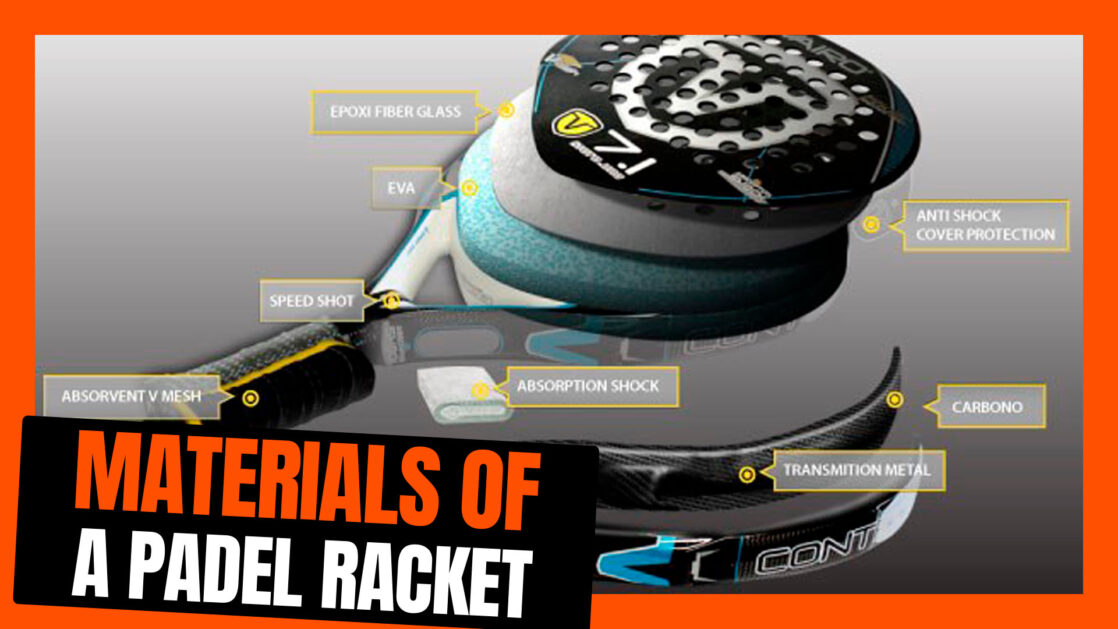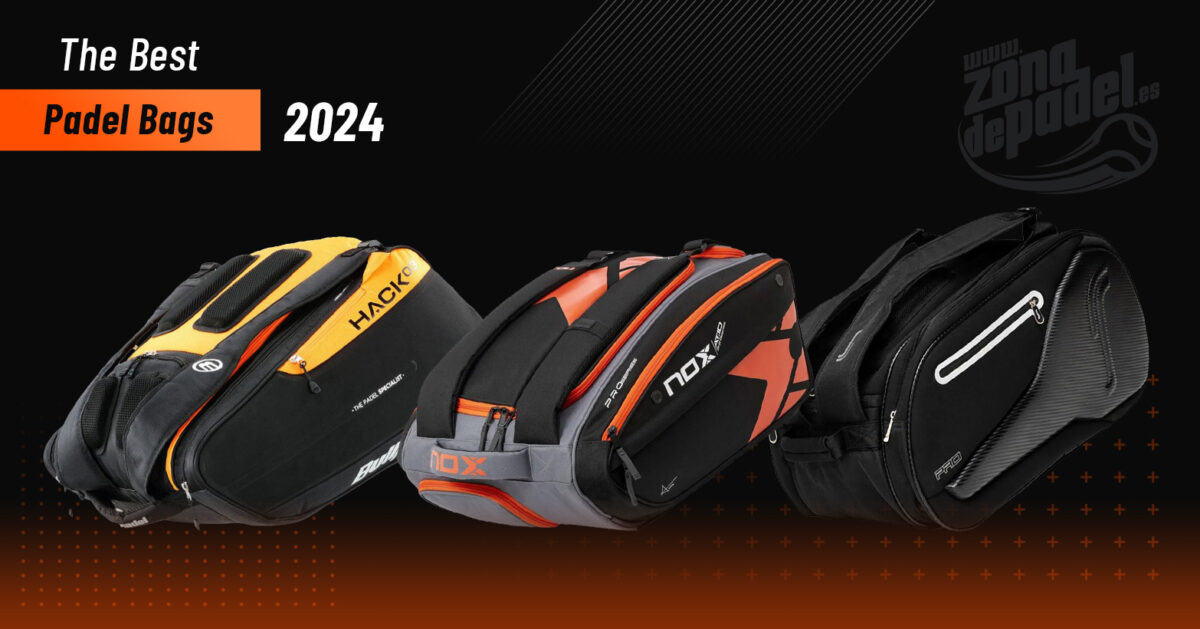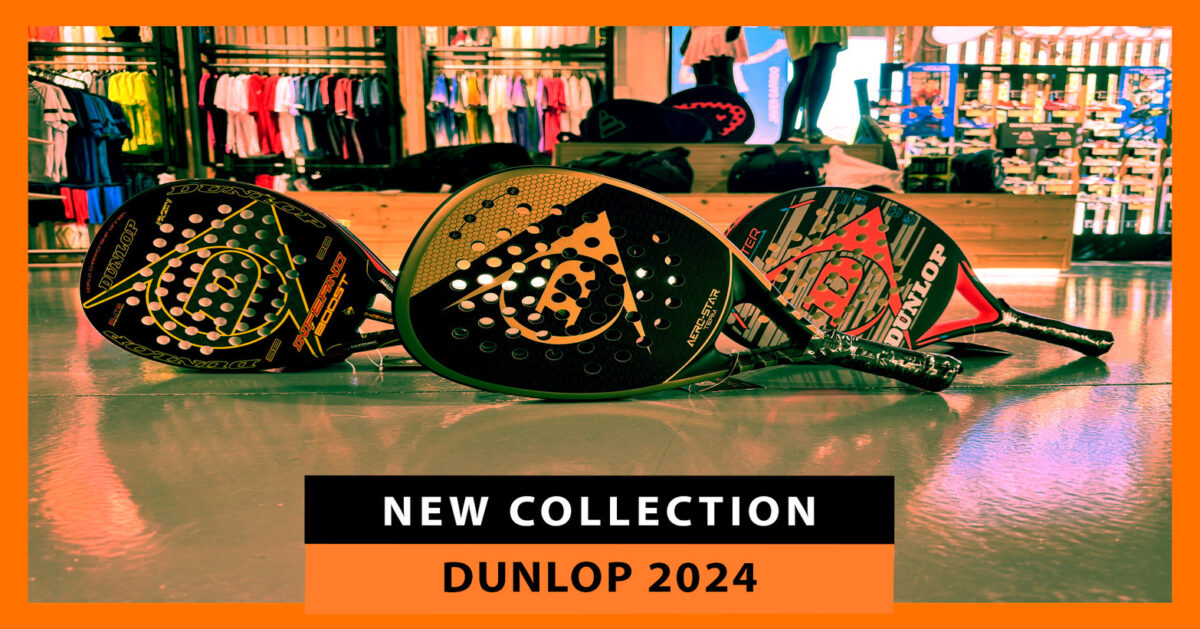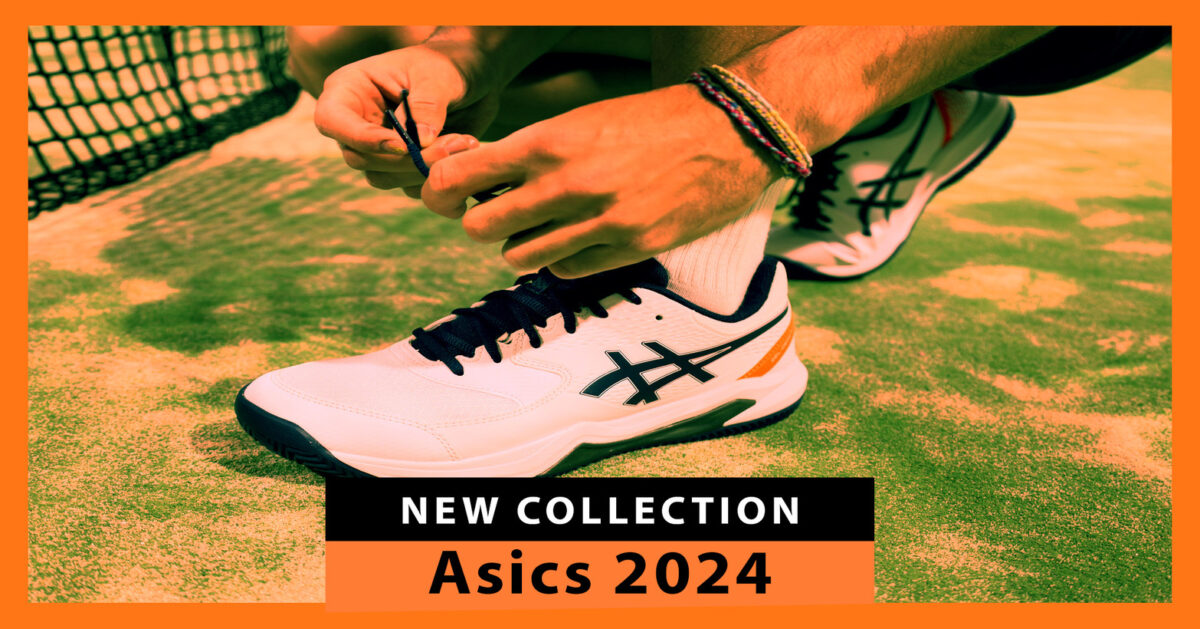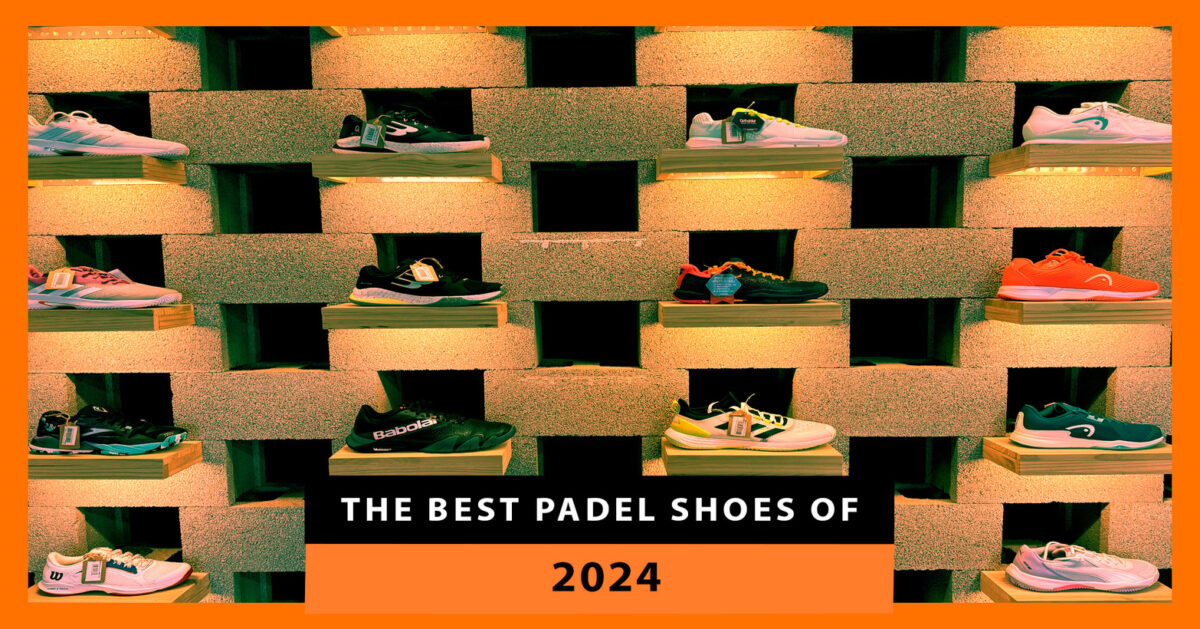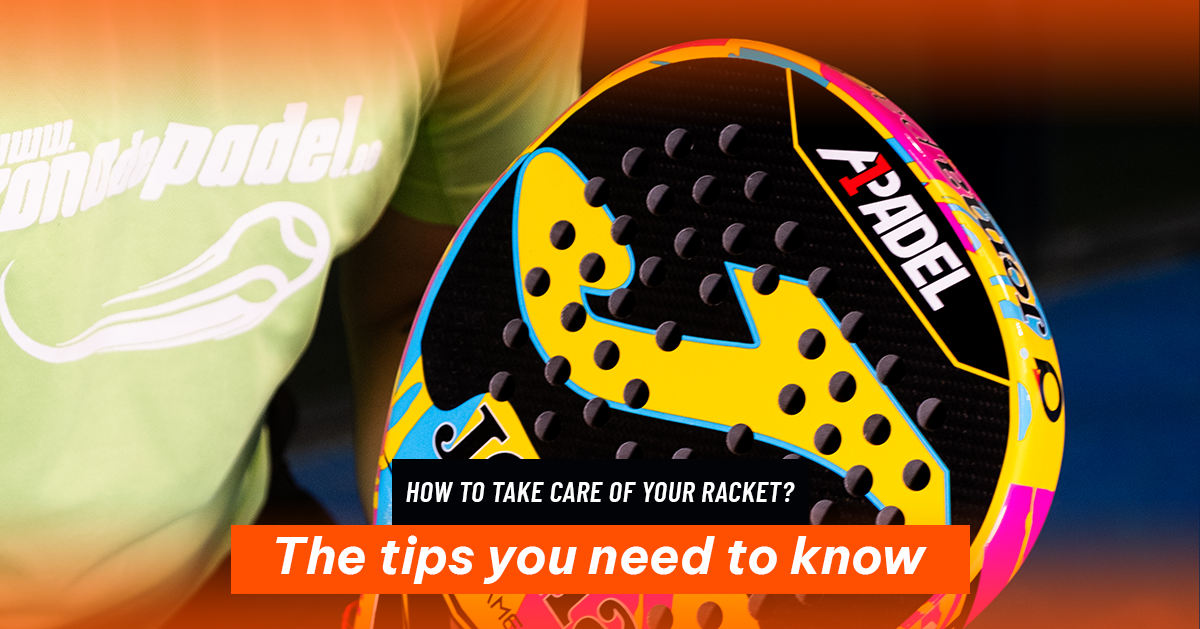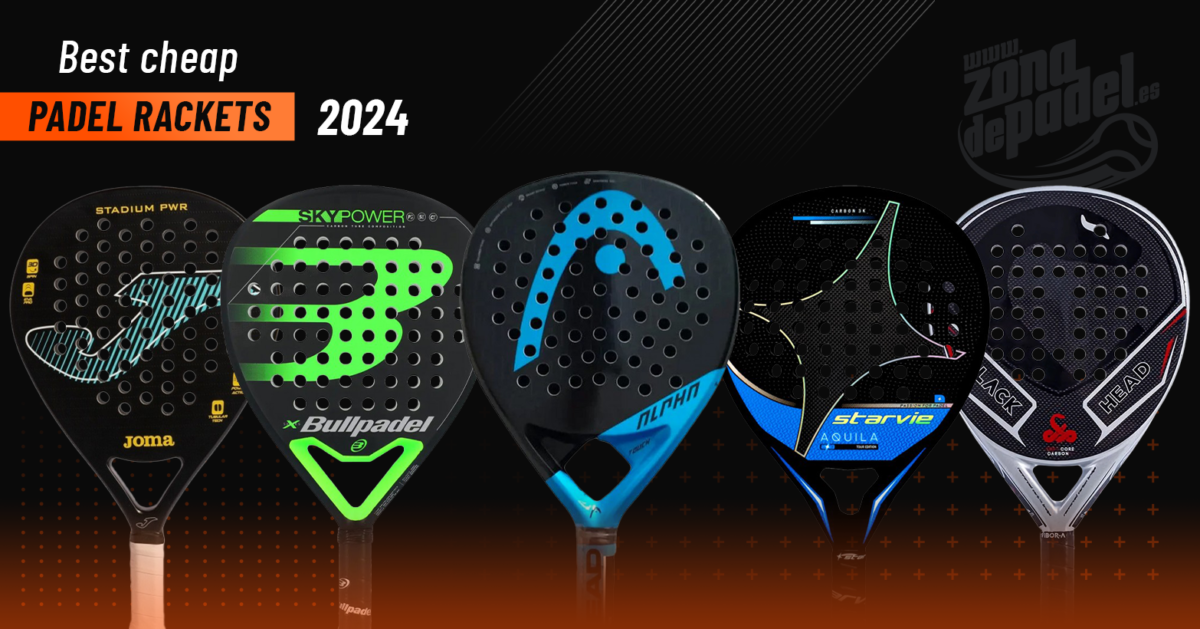One of the biggest dilemmas when we want to buy a padel racket is to be sure that we are making the right choice, as we are faced with a wide variety of models and materials offered by different brands.
Often, doubts assail us when we talk about the different features and technologies offered by the blades. What will be the best to enhance our game? It is normal to feel overwhelmed, but do not worry, in this article we will show you the main materials used in the manufacture of a padel racket, which will allow us to know more easily how to choose a padel racket, according to our level and style of play.
- EVA : It is the material used inside the racket that allows greater shock absorption. The area where the ball hits the racket is possibly the most important material of the racket since it will provide us with the main characteristic of the racket, either control or power.
- FOAM : It is another of the new materials brought to padel, the use is similar to that of EVA rubber, the main difference is that the touch is softer with which we get more power, but the disadvantage is that its duration can decrease. Another of the strengths of this material is the absorption of blows, which is why it is totally recommended for people with injuries or prone to injuries.
- Carbon : It is used in the areas of the racket with the greatest impact, mainly in the impact zone or in the mark, the use of carbon offers lightness, resistance and rigidity, against which it generally increases the price considerably.
- Kevlar : it is one of the materials that offer the most resistance and offer more durability to the padel racket. Used in the area of impact of the ball and in the frame. Sometimes it is mixed with carbon, which reinforces its resistance property, especially against friction.
- Fiberglass : it is the most used material both in tennis and padel for the manufacture of padel racket and rackets, it is a much cheaper material than carbon or kevlar, above all it is very resistant when implanted in padel, padel racket it offers good value for money.
- Titanium : it has been one of the last materials to arrive in the sport of padel, it is generally used mixed with the paint of the titanium padel racket to give it a longer duration due to its resistance property.
- Graphite : it is another of the quintessential materials inherited from tennis, in padel it is generally used to reinforce the frame of the racket, in my opinion we should avoid this material that is becoming obsolete, dry blows could break the racket.
- Composite : it is one of the materials that help to strengthen the padel racket.
- Epoxy : It is the resin that allows to join all the pieces of a padel racket and give it the image of homogeneity, that is to say that you can see it in a single piece.
As you can see, most materials provide us with greater resistance and less weight, which are the two qualities that are most required for a padel racket to be balanced.
Other materials such as EVA or FOAM, will allow us to obtain different qualities, with EVA we will achieve more control and with FOAM more power, for example, a padel brand that manufactures with FOAM would be Royal Padel, most manufacturers manufacture with EVA.
And this is all, I hope it has helped you to choose your racket and the right material now that you know them.

 Español
Español
 Belgique
Belgique
 English
English
 Français
Français
 Italia
Italia
 Nederland
Nederland
 Sverige
Sverige
